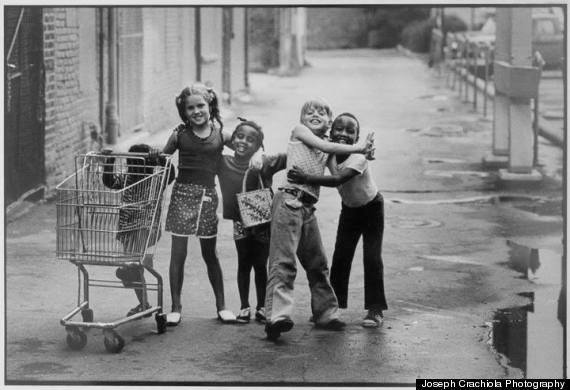I recall early in high school, probably 9th grade in 1963, when my English teacher, who was certainly sympathetic to the social issues of the time, made us aware of the causes of skin color and pigmentation. Why, even within the races, is one person’s skin lighter or darker than another? Without getting into a deep discussion, let me simply say that it is caused by the amount of melanin which produces pigment in the outermost layer of the skin, the largest organ of the body covering eighteen and one-half square feet.
Natural selection basically caused by the person’s earliest area of origin was the major factor in the amount of pigment in their skin. The closer to the equator, the darker the person was in order to protect the skin from ultraviolet radiation. Scandinavians tend to be very white due to their distance from the damaging ultraviolet radiation. Certainly, genetics play a part in the lightening or darkening of skin as well. I saw a picture of a three-generation family from South Africa which displayed an amazing contrast of skin colors. It may be interesting to take a look at your ancestors’ skin to see the degree of change.
This same English teacher brought 331/3 records (LPs) into class which was unheard of back in the 1960s, a time when you might see an occasional filmstrip (can you still hear the beep as to when the slide needed to be changed to keep up with the recording?). These records introduced us to folk songs, such as “Where Have All the Flowers Gone” and “If I Had a Hammer” which started me thinking about the problems in the world around me.
I really think that year was a coming of age for me in the sense of recognizing the world in a far more mature way. This teacher also introduced me to the book Black Like Me by John Howard Griffin. The book was a non-fiction account of a white man who disguised himself so that he would pass as black. He was able to change his skin color as well as his hairstyle to become unrecognizable as white. To this day with our book Black and White Like You and Me, Mr. Griffin’s shocking entrance into the black world still affects me. It has made an indelible mark that is as deep today as it was some fifty-four years ago.
For Christmas in 1954, my brother and I received these two identical, large, stuffed panda bears. I still remember lugging mine down to Aunt Helen’s house on Rudisale in Detroit the night my sister Mary was born. As I said, the pandas were identical, but Bob and I had to name them differently in order to tell them apart. Now, how in the world would naming identical stuffed animals differently help us to know which was which, but somehow we did. Well, he named his “Brownie” and mine was “Blackie.” By the way, there was absolutely nothing on my brother’s panda that was brown. It didn’t matter: each was identified by its name and not its color. Hmm?
Photo Credit: Friends by Joseph Crachiola: This is a 1973 photo of five children playing in a Detroit suburb. For more fascinating photos by Joseph Crachiola, visit his Flickr page at Detroit Joe.


